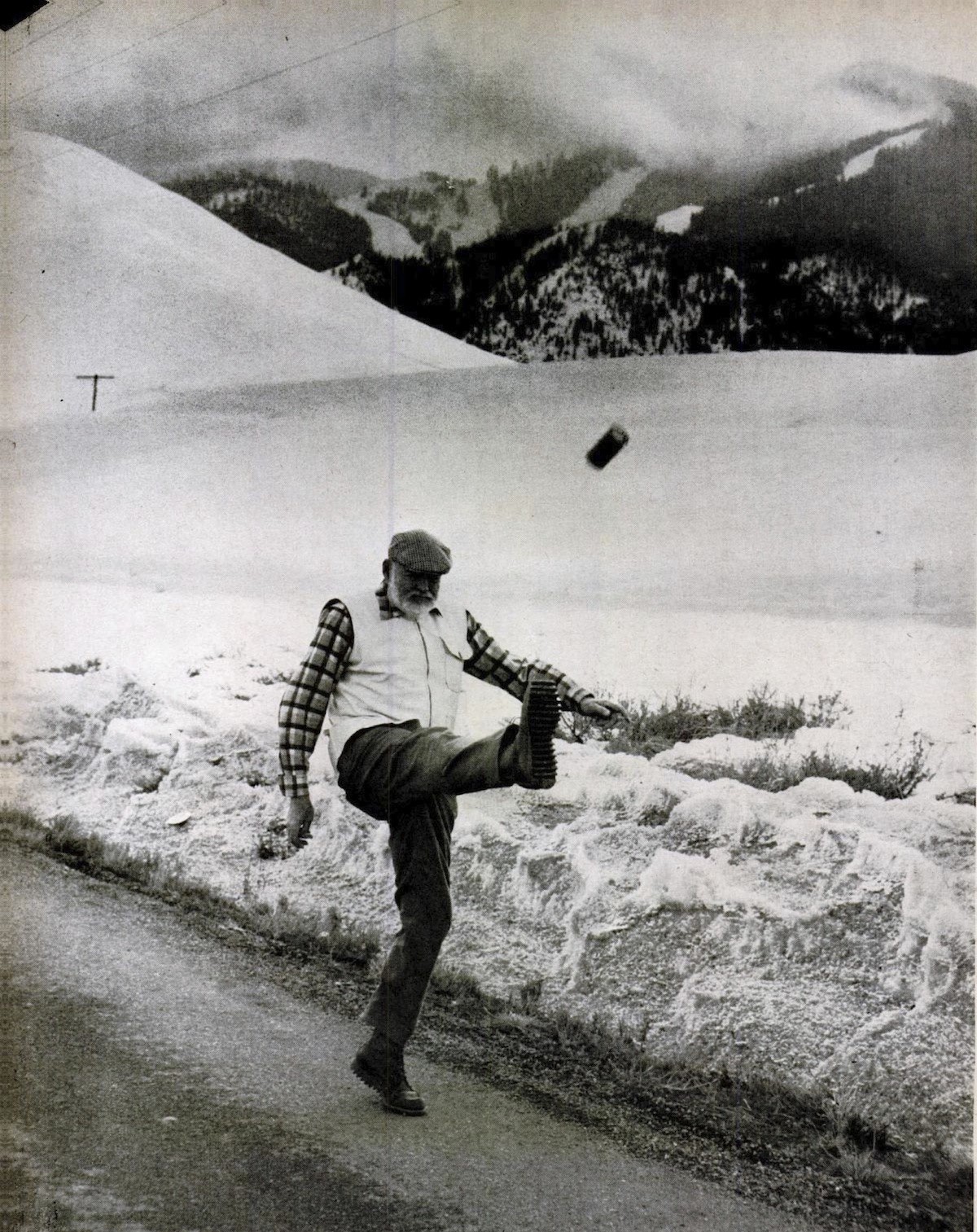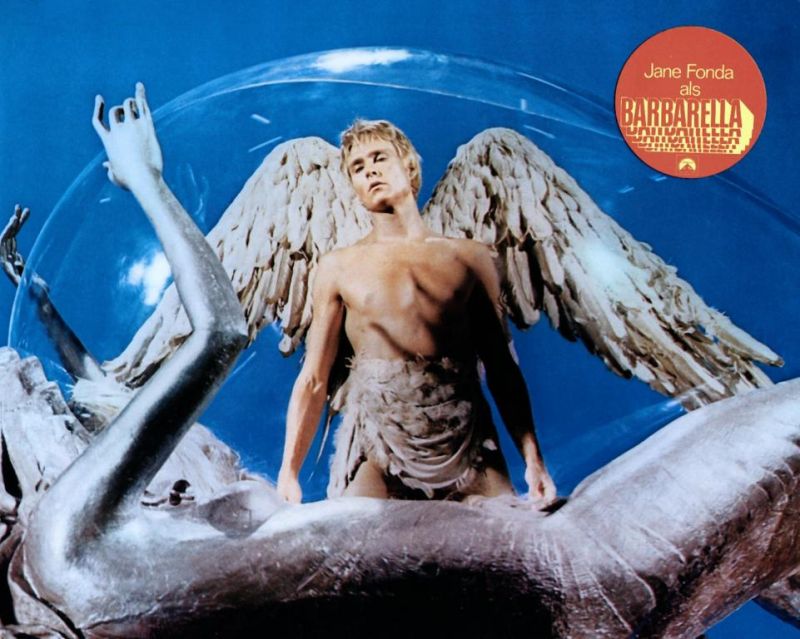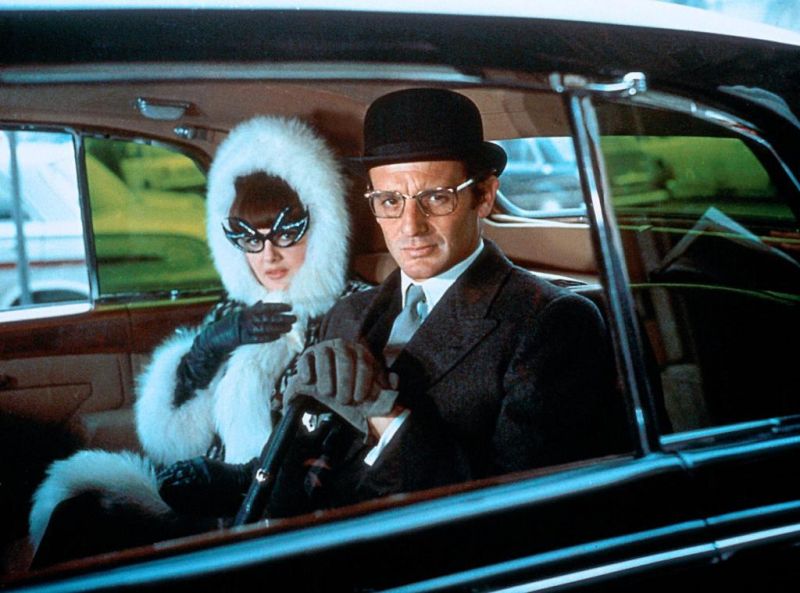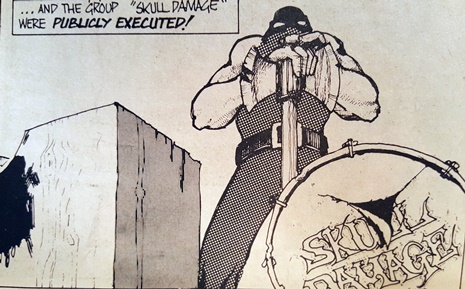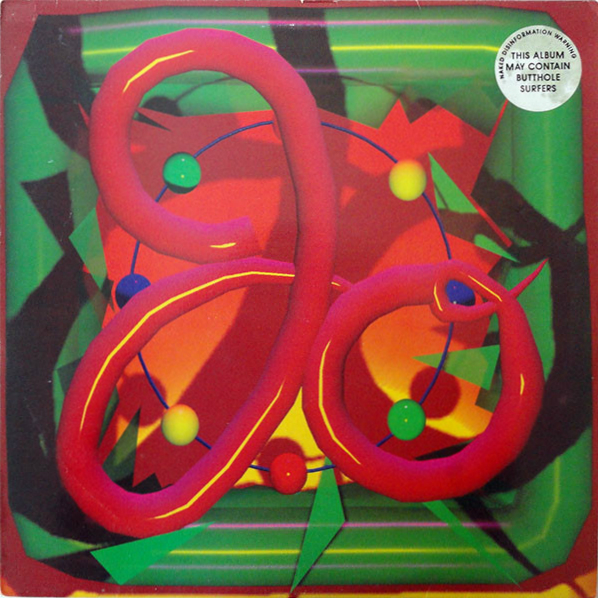
The Jackofficers’ ‘Digital Dump’ LP
Pioughd, the first and last record to discern the revolutionary content of the late Garry Shandling’s life and work, was also the Butthole Surfers’ first and last album for the Rough Trade label, which went bankrupt in 1991. Two years later, Paul Leary told Fiz:
Apparently, Rough Trade’s entire existence was based on getting in a position to be able to fuck the Butthole Surfers, and they fucked the Butthole Surfers. And almost doing that, they had no further reason to exist so they went belly up and took all our money with them.
I wouldn’t presume to question Leary’s analysis, but I think it’s fair to point out that Pioughd was bookended by Buttholes side projects for Rough Trade that probably did not contribute much to the label’s solvency: Leary’s own meticulously produced solo debut, The History of Dogs, and the house record Gibby Haynes and Jeff Pinkus made as the Jackofficers.
Though marketed as house music—Rough Trade’s ad campaign called the record “demented house dada”—I’m not sure today’s EDM fan will rush to acclaim Digital Dump as a classic of the genre. I like the album because it’s an audio cartoon of what the future sounded like in 1990, when the future sounded like samplers. The pink balloon-animal turd monogram on the cover of Digital Dump perfectly depicts the title and tells you a lot about the style of the period. At the time, there were some people among us who had revived the wearing of DayGlo colors and the taking of acid, but instead of Jimi Hendrix and the Beatles, these people danced to whump whump techno sounds. If it was this crowd’s dollar the Jackofficers were after, they misfired; but if they set out to make the soundtrack to the ultimate L.A. cop drama, they struck the bull’s-eye. Digital Dump sounds great in the car.
Speaking of LSD, Oliver North’s sexual life was a topic that captured the imaginations of the Butthole Surfers. They made a few bold assertions about Ollie’s habits over WNYU-FM on July 28, 1987, just as Attorney General Edwin Meese III was explaining to Congress that, upon looking into the matter, he suspected nothing criminal in the Iran-Contra affair (on which this Bill Moyers special is good if you can survive the terrible Jackson Browne song near the beginning). At least two of the Jackofficers’ songs are seasoned with bits of Oliver North’s testimony from the Iran-Contra hearings, making them valuable sources for a neglected area of Butthole Surfers scholarship. “Time Machines Pt. 1,” the second song embedded below, is one of them: “You know that I’ve got a beautiful secretary, and the good Lord gave her the gift of beauty.”
More after the jump…



















